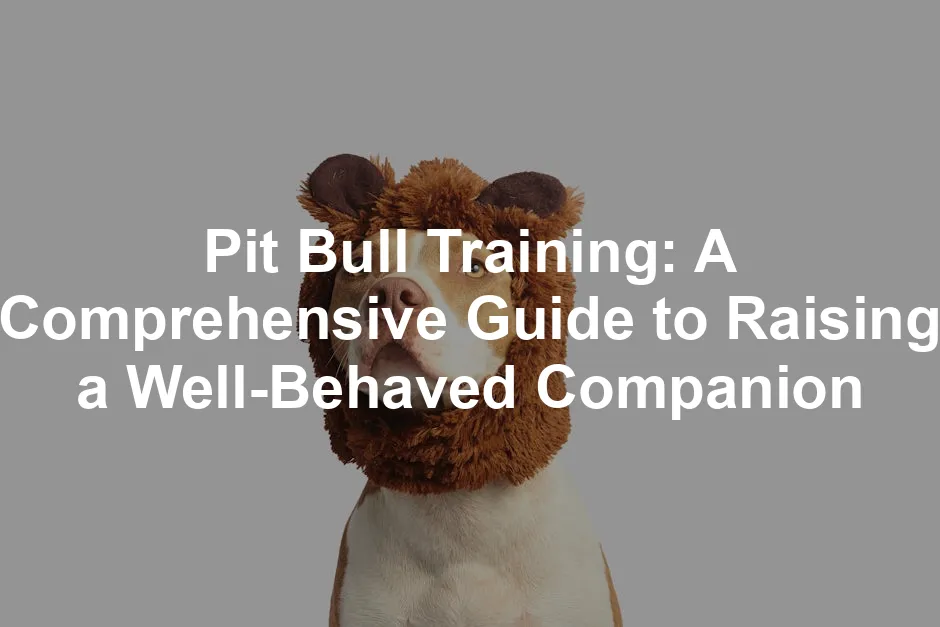Introduction
Training your pit bull is essential. Many people hold misconceptions about this breed. They often think pit bulls are aggressive or dangerous. In reality, pit bulls can be loving family pets. Proper training helps change these negative perceptions. With effective training, pit bulls can become well-behaved companions. This article will share actionable tips and best practices for training your pit bull. Let’s get started!
Summary and Overview
Pit bulls have a rich history, originating in the UK in the 1800s. Initially bred for working alongside humans, they were known for their loyalty and strength. Unfortunately, their reputation has suffered due to media portrayals of aggression. This stigma is unfair, as many pit bulls are gentle and affectionate. When trained properly, they can be wonderful companions.
In this article, we will cover key areas of pit bull training. These include socialization, effective training techniques, and addressing behavioral challenges. We will stress the importance of positive reinforcement and consistency throughout the training process.
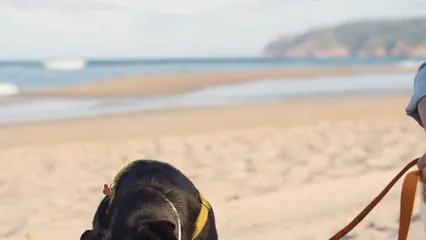
Speaking of positive reinforcement, using a Dog Training Clicker can be a game-changer! It’s a simple tool that helps you mark the exact moment your pit bull does something right. With a click, you can reinforce good behavior, making it clear to your pup that they’re on the right track. Who knew a little click could lead to big changes?
Understanding Pit Bull Behavior
The Nature of Pit Bulls
Pit bulls are known for their loyalty and intelligence. They typically have high energy levels, making them playful and active companions. Understanding individual dog temperaments is crucial. Not all pit bulls exhibit the same behavior. Each dog has its unique personality. Knowing your pit bull’s traits can help tailor your training approach. A positive and supportive environment can nurture their potential as loving pets.
To keep your pit bull happy and healthy, consider investing in Dog Treats for Training. Not only will these tasty morsels motivate your pup during training sessions, but they also provide a great way to bond. Treats can be a fun reward for good behavior while reinforcing the training process.
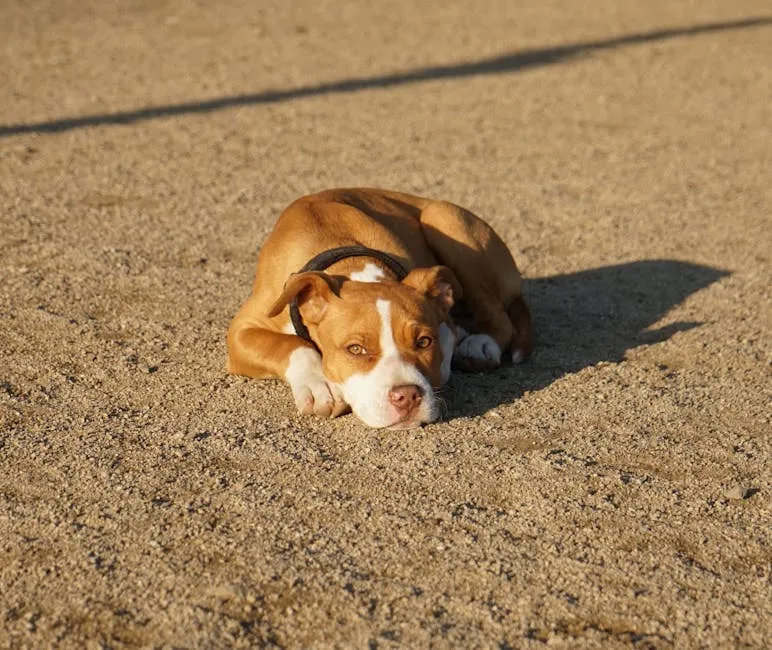
The Importance of Early Socialization
Socialization Techniques
Early socialization is key for puppies. The critical period is between 3 to 14 weeks. During this time, expose your pit bull to various environments. This helps them develop confidence and adaptability.
Introduce your puppy to different people, animals, and places. Take them to parks, pet-friendly stores, and gatherings. Allow them to meet children, adults, and other pets. Make these experiences positive and stress-free. Offer treats and praise when they encounter something new. This builds a solid foundation for their behavior later in life.
Creating positive experiences during socialization is essential. If a puppy feels scared or threatened, it may develop anxiety or aggression. Focus on fun activities and gradual exposure. Remember, the goal is to help your puppy feel safe and secure in diverse situations. A Dog Grooming Kit can also help keep your pup looking sharp while feeling comfortable during socialization!
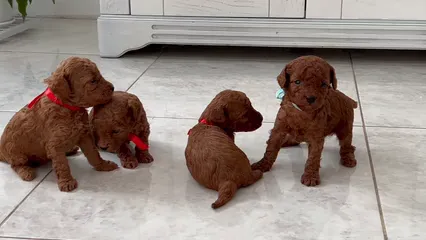
Training Techniques for Pit Bulls
Positive Reinforcement
Positive reinforcement is a powerful training method. It involves rewarding good behavior rather than punishing bad behavior. This approach is especially effective for pit bulls, who respond well to encouragement. For more on effective techniques, check out our guide on effective positive reinforcement techniques for stubborn dogs.
Positive reinforcement is crucial for training. Learn more about effective positive reinforcement techniques for stubborn dogs.
Examples of rewards include treats, praise, or playtime. Use small, tasty treats during training sessions to motivate your dog. Make it a fun experience, so they associate learning with positive outcomes. A Dog Training Collar can also assist in reinforcing commands effectively, especially for larger breeds!
Punishment can lead to fear and anxiety, making training harder. Instead of correcting your dog harshly, focus on reinforcing desired behaviors. This builds trust and strengthens your bond with your pit bull.

Basic Commands
Teaching basic commands is vital for obedience. Start with essential commands like sit, stay, come, and look. These commands form the foundation for further training. For a comprehensive understanding of obedience training, consider this resource on how to use positive reinforcement for dog obedience training.
Learning basic commands is essential for obedience training. Discover more in our guide on how to use positive reinforcement for dog obedience training.
To teach these commands effectively, use consistent cues and rewards. For example, say “sit” and gently guide your dog into the position. Once they comply, praise them and offer a treat. Repetition is key, so practice regularly. Don’t forget to have a Dog Training Journal to track your progress!
Consistency matters in command training. Use the same words and gestures every time. This helps your pit bull understand what you expect. With patience and practice, your pit bull will learn these commands and enhance their obedience skills.
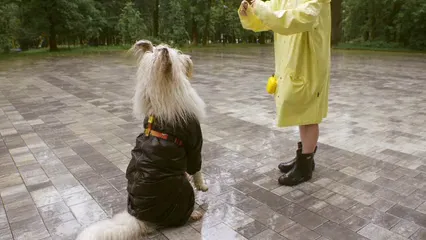
Advanced Training and Activities
Engaging in Dog Sports
Dog sports offer a fantastic outlet for pit bulls. These activities provide both physical exercise and mental stimulation. Engaging in dog sports can strengthen your bond with your furry friend. You’ll find that pit bulls often excel in various competitions. For tips on enhancing agility training, check out our article on how to enhance dog agility training with obstacle variations.
Engaging in dog sports is beneficial for pit bulls. For more, read our guide on how to enhance dog agility training with obstacle variations.
Consider agility training, where dogs navigate obstacles. This activity keeps your pit bull active and focused. Obedience competitions are another great option. They teach essential commands while enhancing discipline. If you’re looking to set up a fun course at home, a Dog Agility Equipment Set can provide endless fun for both you and your pup!
Mental stimulation is crucial for your pit bull’s well-being. Boredom can lead to undesirable behaviors. Participating in sports helps keep their minds sharp. It also encourages positive behaviors through structured challenges.
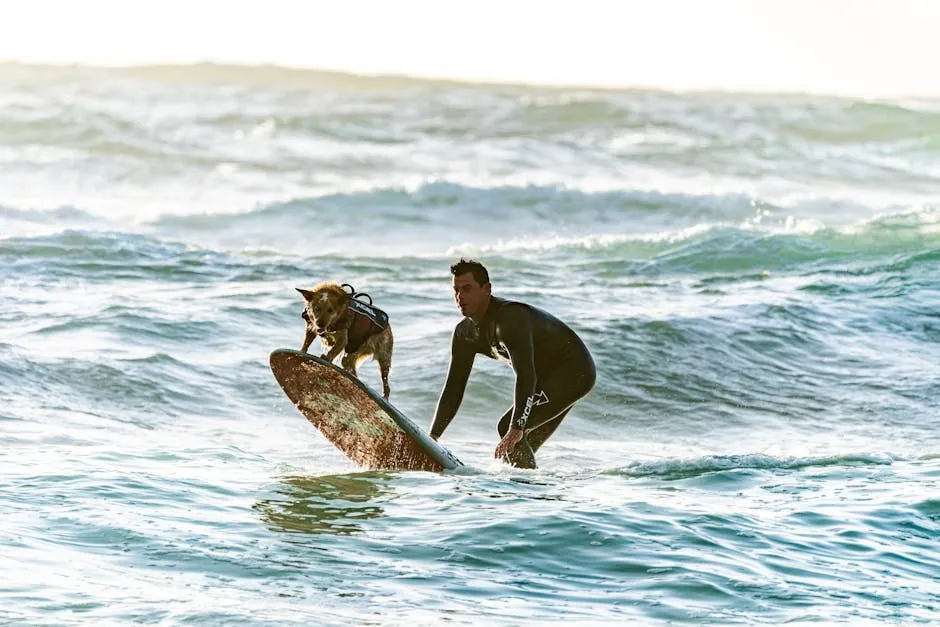
So, why not explore these exciting dog sports? Your pit bull will thrive and enjoy every moment.
Addressing Behavioral Challenges
Common Pit Bull Issues
Pit bull owners may face specific behavioral challenges. Some common issues include aggression and anxiety. Understanding these behaviors is vital for effective management.
Aggression can arise from fear or lack of socialization. It’s essential to recognize triggers and redirect your dog’s focus. Positive reinforcement techniques can help address these tendencies. Training classes are also beneficial for building confidence. A Dog Behavior Training Book can also provide insights into managing these challenges effectively.
Anxiety may manifest during loud noises or unfamiliar situations. Providing a safe space and using calming techniques can ease their stress. If these behaviors persist, seeking professional help is wise. Trainers can offer tailored strategies for your pit bull’s needs.
Addressing these challenges early on is crucial. With patience and proper training, you can guide your pit bull towards a more balanced behavior.

Canine Good Citizen Certification
Benefits of Certification
The Canine Good Citizen (CGC) program is a valuable initiative. Developed by the American Kennel Club, it promotes responsible pet ownership. Dogs that pass this certification demonstrate good manners and proper behavior. This program is essential for all breeds, especially pit bulls, as it can help reshape their public image.
Certification involves testing several skills. Your pit bull must perform basic commands like sit and stay. They also need to walk calmly through a crowd and accept petting from strangers. This training showcases their good behavior and strengthens the bond between you and your dog.
Achieving CGC certification can positively impact how people view pit bulls. When your dog is recognized as a good citizen, it challenges stereotypes. This can lead to a greater acceptance of pit bulls in communities. With a well-trained pit bull, you can help change negative perceptions, one dog at a time. And for those unexpected moments, a Pet First Aid Kit is a must-have for every responsible dog owner!

Conclusion
Training and caring for your pit bull is rewarding. Proper training enhances your dog’s behavior and public perception. By investing time and effort into training, you create a loving, well-adjusted companion. Remember, a well-trained pit bull can be an excellent ambassador for the breed. Let’s work together to show the world their true nature!
FAQs
What is the best age to start training a pit bull?
The ideal age to start training a pit bull is between 8 to 16 weeks. This age is critical for puppy training and socialization. Early training helps shape behavior and builds a strong bond. During this period, puppies are more receptive to new experiences. Socialization is essential to develop a well-adjusted adult dog. Expose your pit bull to various people and environments to foster confidence. The more positive experiences they have, the better prepared they will be for adulthood.
Can pit bulls be aggressive?
Many misconceptions surround pit bull aggression. It’s essential to recognize that aggression can stem from various factors. Genetics, environment, and upbringing play significant roles in behavior. A well-trained and socialized pit bull is often friendly and loving. To prevent aggression, focus on early socialization and positive training methods. Educating the public about these dogs can help change negative stereotypes. Remember, not all pit bulls exhibit aggressive tendencies; individual temperament varies widely.
How much exercise does a pit bull need?
Pit bulls are energetic dogs that require ample exercise. Aim for at least one hour of physical activity each day. This can include walks, playtime, and interactive games. Regular exercise is crucial for their physical and mental well-being. Without enough activity, they may become bored and develop undesirable behaviors. Engaging in dog sports or agility training can also be beneficial. Keep in mind that mental stimulation is just as important as physical exercise for a happy pit bull.
What are some effective training tools for pit bulls?
Several training tools can enhance your pit bull training experience. Clickers are popular for positive reinforcement training. They help mark desired behaviors and can improve communication. Harnesses can provide better control during walks, minimizing pulling. Treats are also essential for rewarding good behavior. Ensure the treats are small and enticing to keep your dog motivated. Training equipment should fit comfortably and be appropriate for your dog’s size and temperament.
Is professional training necessary for pit bulls?
While not always necessary, professional training can be beneficial for pit bulls. If you’re unsure about training techniques or face behavioral challenges, consider seeking expert help. Professional trainers can provide tailored strategies based on your dog’s individual needs. Look for trainers experienced with pit bulls or similar breeds. They can also offer guidance on socialization and obedience training. Investing in professional training can lead to a well-mannered companion and a stronger bond between you and your dog.
Please let us know what you think about our content by leaving a comment down below!
Thank you for reading till here 🙂 And for those long walks, don’t forget to check out a Dog Leash and Harness Set for extra comfort and control!
All images from Pexels

